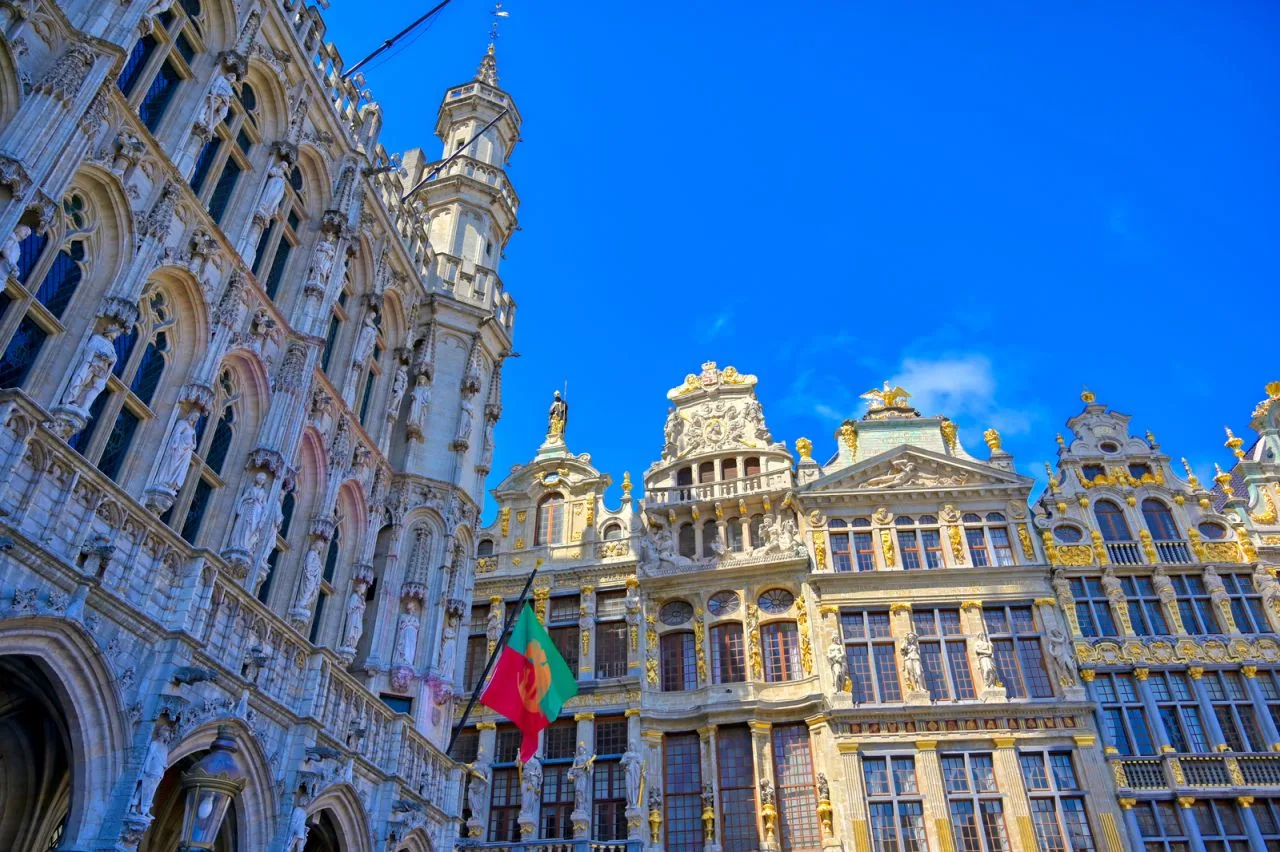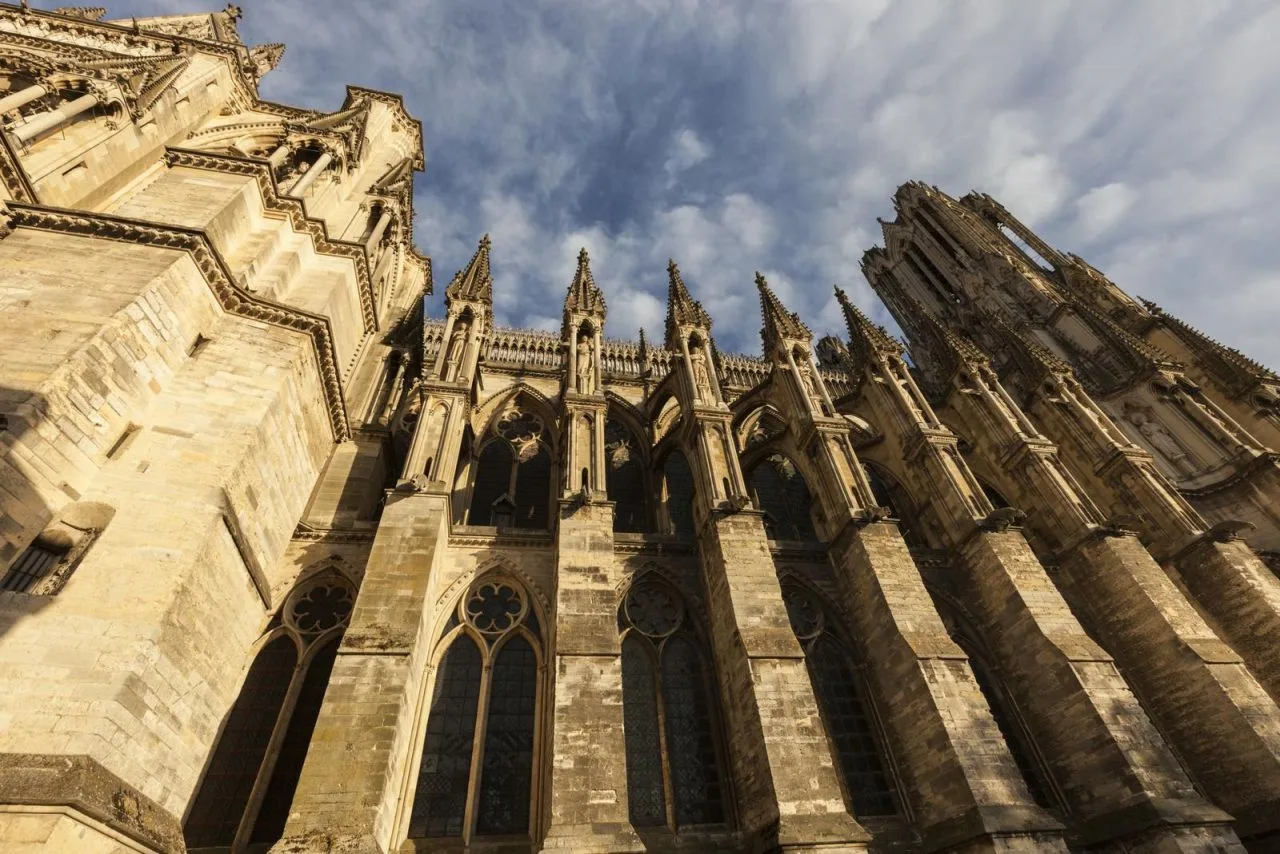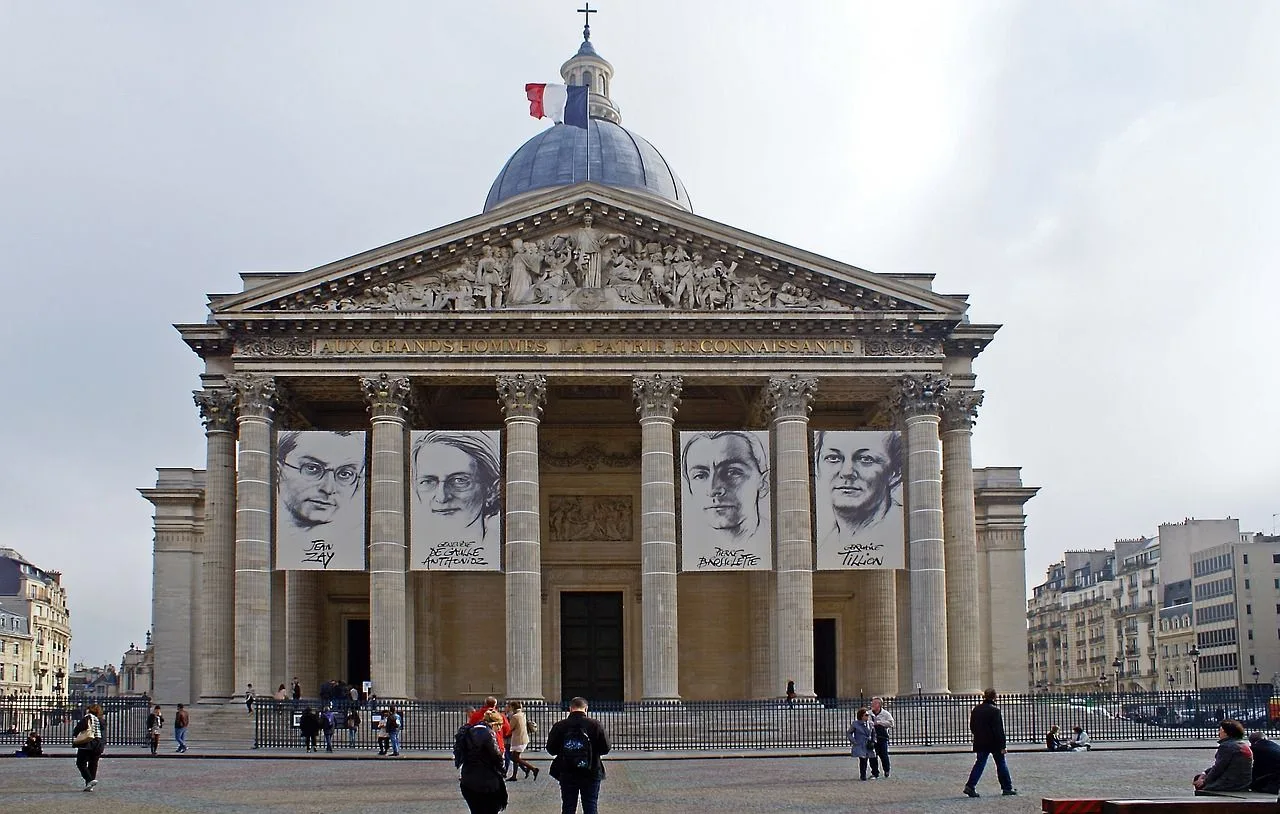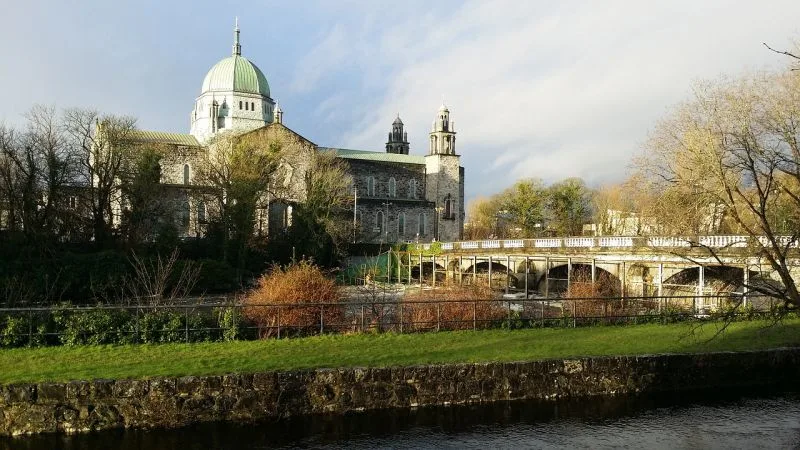Grand Place
Address
Grote Markt, 1000 Brussel, Belgium
GPS
50.84671435, 4.3525141192509
UNESCO has designated the Grand Place of Brussels, Belgium, as a World Heritage Site. Its construction began in the 15th century, with the first market halls, trade guild buildings, and a town hall being built to solidify the commercial center’s authority.
The French army bombed it for three days in 1695, almost entirely destroying it, but it rose from the ashes in less than five years, like a phoenix. That’s why Gothic, opulent baroque, neoclassical, and neogothic styles coexist or even overlap; it’s a fantastic mix of Gothic, opulent baroque, neoclassical, and neogothic. The tower stands approximately 96 meters tall.
History
Several historic events took happened at the Grand Place:
The Inquisition burns the first Protestant victims, Hendrik Voes and Jan Van Essen, in 1523.
There are beheadings of the counts of Egmont and Hoorn in 1568.
August 1695: During the War of the League of Augsburg, the French troops of marshal De Villeroy bombarded the city, destroying most of the homes on the Grand-Place.
Only the City Hall’s front and tower, as well as some stone walls, were spared by the blazing cannonballs. The numerous guilds soon restored the dwellings surrounding the square, this time in stone. Among these is the Brewers Guild House, which now houses the Brewers Museum.
The square today
The square’s allure can be attributed to the grand facades that line it. When the sun goes down, their illumination is just stunning. The town hall, also known as the Hôtel de Ville or the Stadhuis, is the most eye-catching individual structure on the Grand Place due to its elaborately decorated façade, which features a number of sculptures, and its tower.
 On the other side, with its neo-Gothic exterior, the Maison du Roi (also known as the Broodhuis) is another building that is worth mentioning. Today, it serves as the location of the city museum, which is where one can see, among other things, the clothes that were worn by Manneken Pis.
On the other side, with its neo-Gothic exterior, the Maison du Roi (also known as the Broodhuis) is another building that is worth mentioning. Today, it serves as the location of the city museum, which is where one can see, among other things, the clothes that were worn by Manneken Pis.
Additionally, there are the guild homes located in this area, which are arranged in a row like pearls on a string. It is definitely worth your time to look up and take in the lovely gables. The following is a list of the guild houses:
- Number 1: Au Roi d’Espagne – The Bakers’ Guild, then House “To the King of Spain”
- Number 2/3: La Brouette (Wheelbarrow) – The Grocers’ Guild, then the Printers’ Guild
- Number 4: Le Sac (Sack) – The guild of carpenters, carpenters and coopers
- Number 5: La Louve (She-Wolf) – The archers’ guild
- Number 6: Le Cornet (Cornucopia) – The guild of river boatmen
- Number 7: Le Renard (Fox) – The shopkeepers’ guild
- Number 8: L’Étoile (Star) – seat of the ducal judge
- Number 9: Cygne (Swan) – The butchers’ guild
- Number 10: L’Arbre d’Or (Golden Tree) – The Brewers’ Guild (now the Brewery Museum)
- Number 16: Moulin à Vent (Windmill) – The miller’s guild
- Number 17: Pot d’Etain (tin jug) – The guild of carpenters and wagon builders
- Number 18: Colline (Hill) – The guild of stonemasons, bricklayers, sculptors, roofers
- Number 24/25: Maison des tailleurs (tailors) – The tailors’ guild






